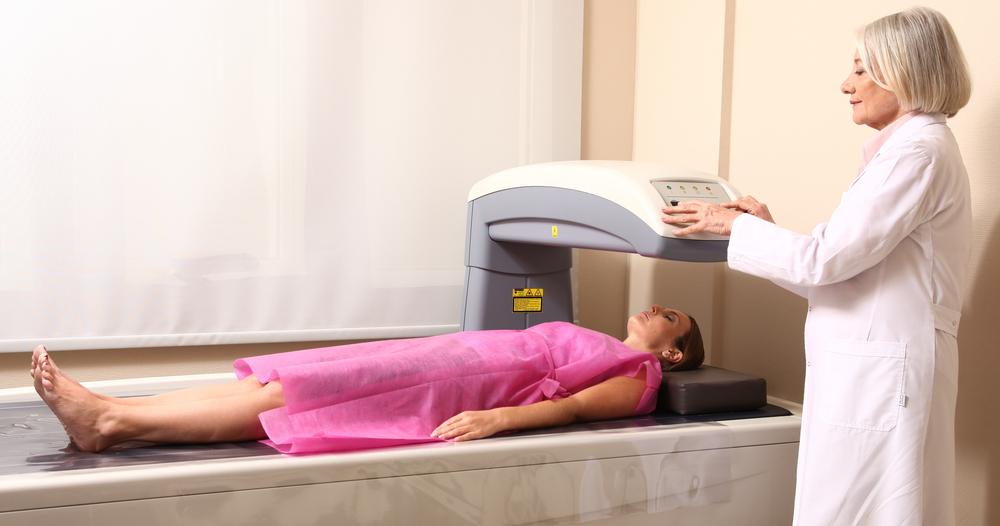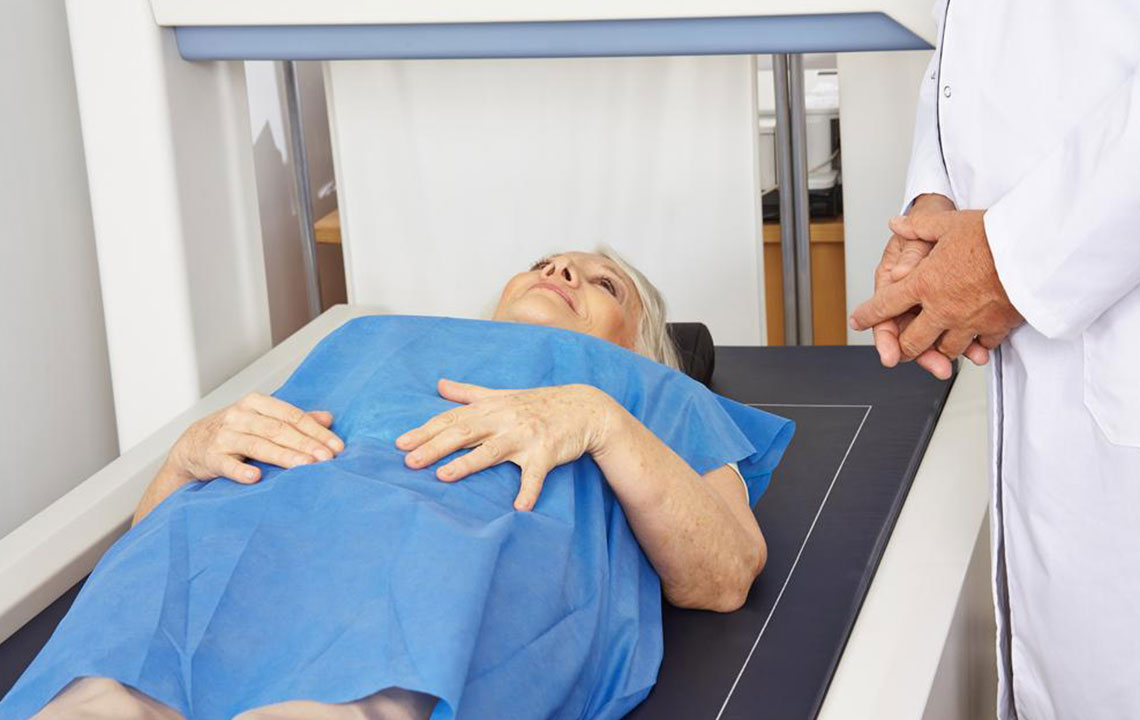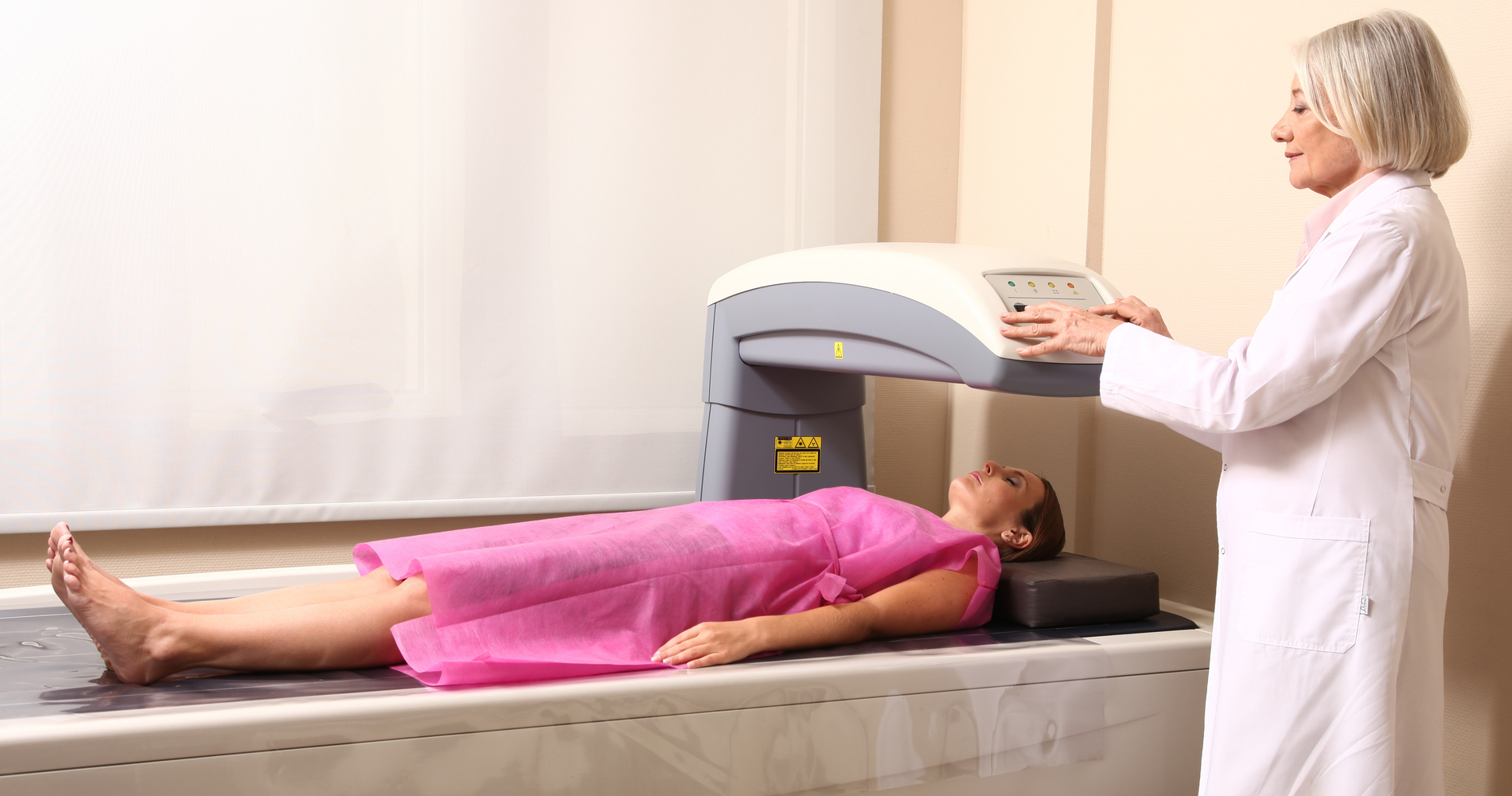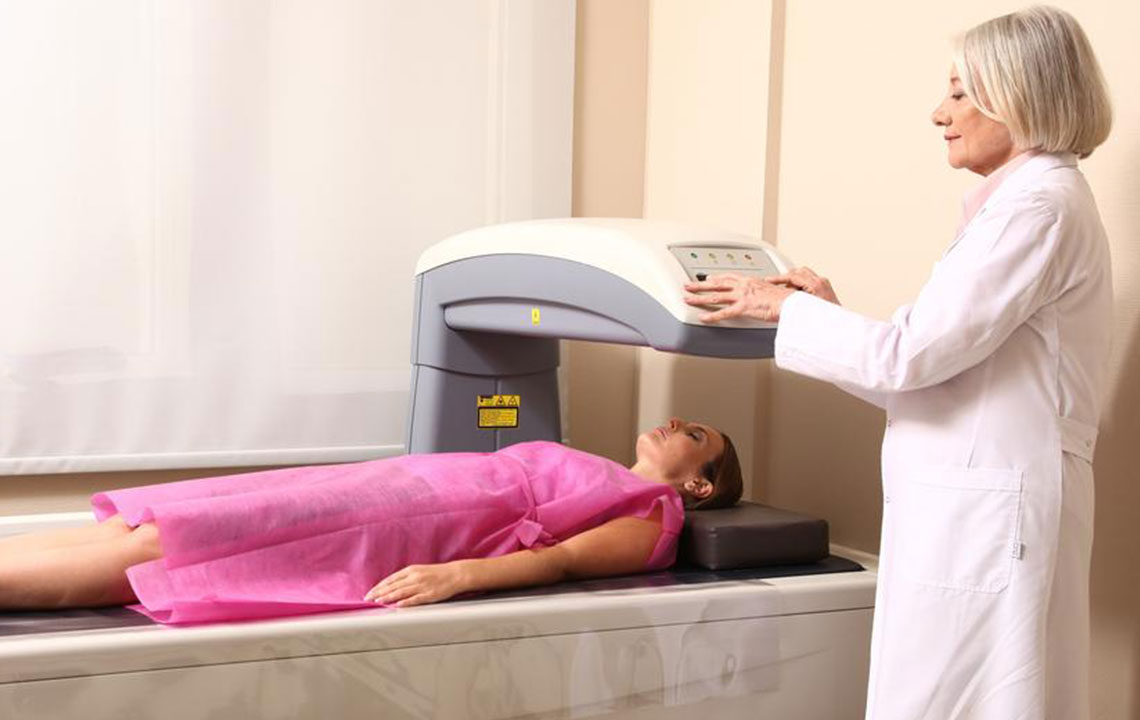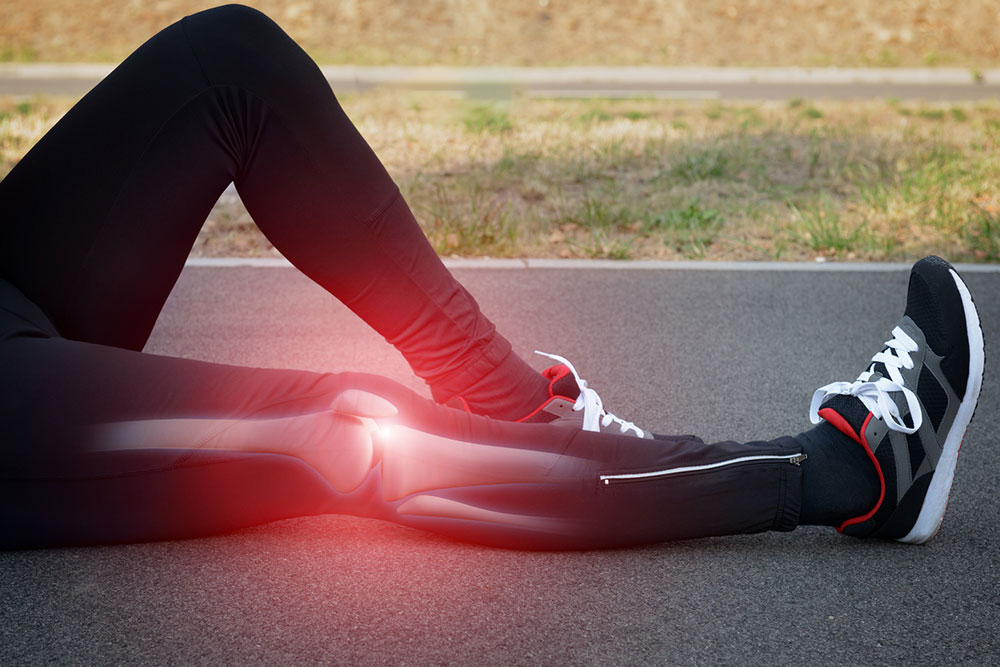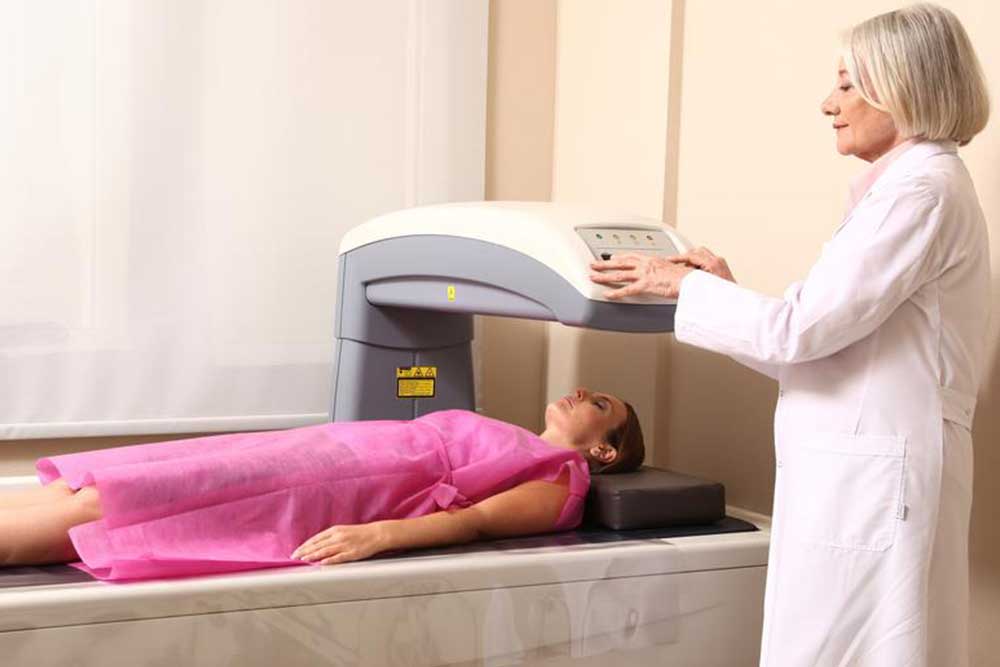Bone Health Assessment via Density Scanning
This article explains the importance of bone density scans in assessing bone health, highlighting the procedures, benefits, and classifications. Regular testing helps prevent fractures and maintain strong bones, especially for those over 50 or with risk factors. Understanding different testing methods and results can guide preventive care and early intervention for osteoporosis or osteopenia.
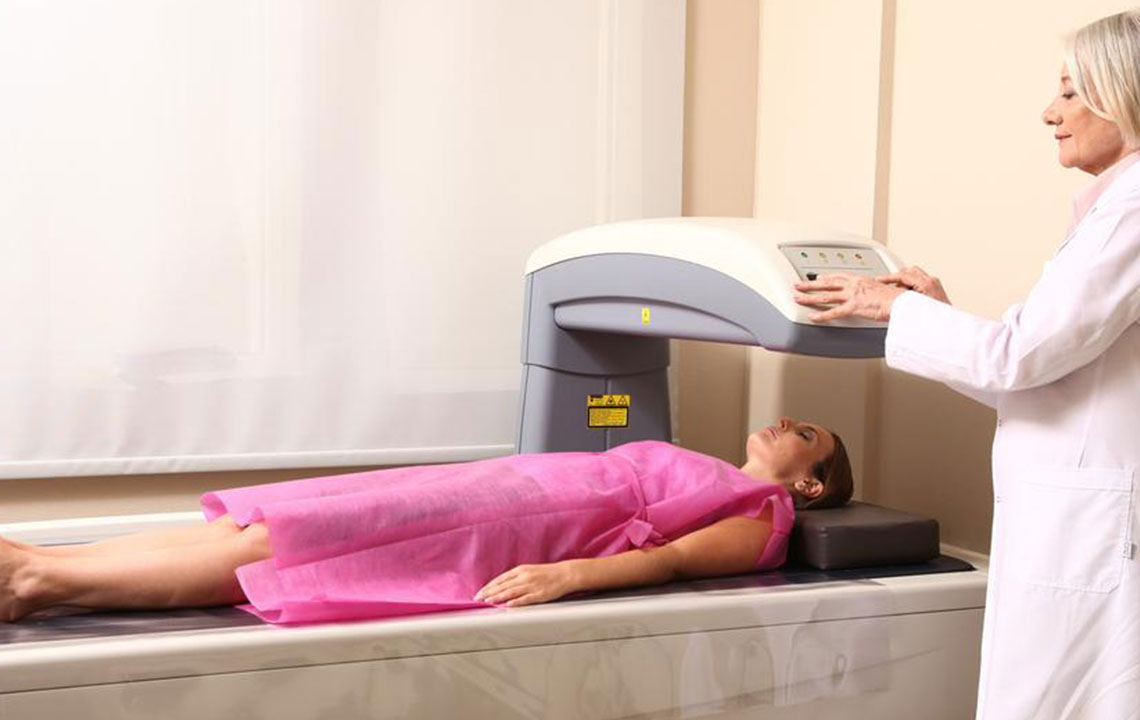
Evaluating Bone Strength Through Density Scans
A bone health assessment, commonly called bone density measurement or calcium level check, is a diagnostic tool used to determine the strength and fragility of your bones. The primary areas examined are typically the hips and spine since these regions are most vulnerable with aging.
This evaluation employs dual energy X-ray absorptiometry (DXA) technology, enabling healthcare providers to assess whether your bones are robust or prone to fracture. It is especially recommended for individuals over 50 or those with a family history of osteoporosis.
Previous fractures or bone injuries also suggest the need for this assessment.
How does this test benefit you?
The scan reveals whether conditions like osteoporosis or osteopenia are present, indicating weakened bones or calcium deficiencies. Based on results, healthcare providers can advise proper treatment or lifestyle adjustments. If results are normal, maintaining good bone health through diet and exercise is advisable.
Undergoing a bone density scan allows doctors to recommend protective strategies, monitor progression, and plan interventions to prevent fractures. Consulting nutritionists can help incorporate supplements or dietary changes as needed. The test highlights potential future bone issues and identifies nutritional gaps.
Regular testing is valuable for tracking changes, adjusting treatments, and ensuring improvements or stability in bone health. The results also inform about bone strength and fracture risk.Types of bone density classifications:
Normal: Healthy bones with adequate density.
Osteoporosis: Significantly weakened or brittle bones.
Osteopenia: Lower-than-normal bone density, representing early risk.
Bone density naturally peaks around age 30 and can decline with neglect, leading to osteopenia at age 50 if preventive measures aren’t taken. Persistent neglect may progress to osteoporosis.
Different methods of bone density testing
DXA Scan – A quick, painless procedure using minimal radiation to measure hip and spine density, taking about 15 minutes. Consistent testing at the same facility improves accuracy.
Peripheral Devices – Measures bone density in wrists, heels, or fingers using tests like pDXA, pQCT, or QUS. These are screening tools with some limitations compared to central DXA but can be useful when access to DXA is unavailable.
Consult your healthcare provider to determine the most appropriate testing method and understand the procedure thoroughly before proceeding.

